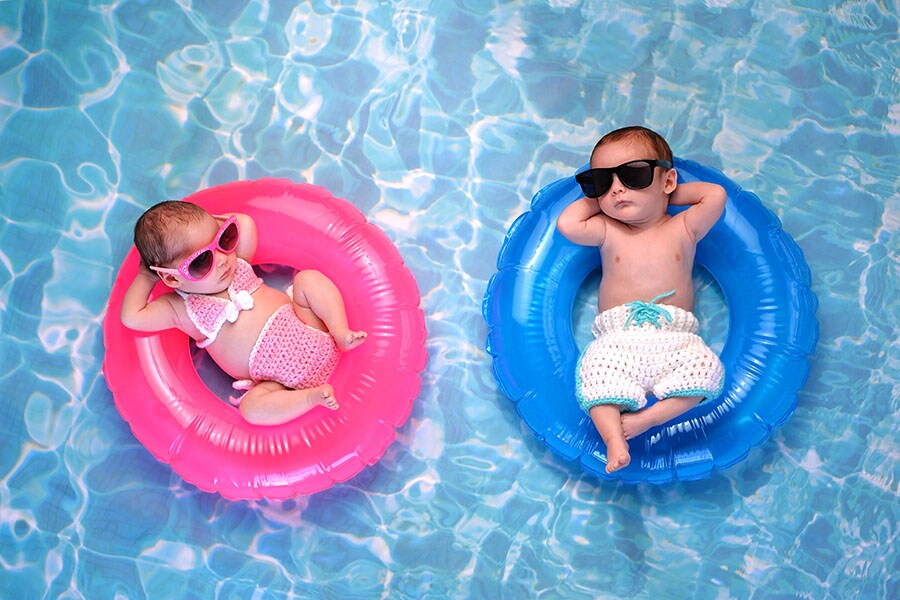
Fashion's gender stereotypes start at a very young age
From an early age, fashion cultivates gender stereotypes, a study reveals
 From an early age, fashion cultivates gender stereotypes, a study reveals.
Image: katrinaelena / Getty Images
From an early age, fashion cultivates gender stereotypes, a study reveals.
Image: katrinaelena / Getty Images
Despite some progress in the fashion industry, gender stereotypes are still alive and kicking. While these days adults have an increasing number of options for unisex —or neutral—collections, children continue to face the same clichés. A new study conducted in Germany reveals that children's fashion hasn't stopped promoting gender stereotypes. We take a look.
Anyone who goes to a high-street store or the clothing section of a supermarket can easily see that children's clothes are not sold in just one section. There is a clear separation between boys' and girls' sections. The advantage, if there is one, is that it is difficult to mix up these two sections, with the girls' area generally distinguished by an explosion of pink, and boys' by a wave of blue. This holds true for the clothing department, as well as for the toy department. Despite many advances in the past few years in terms of gender neutrality, gender segmentation, on which gendered marketing is based, is far from having said its last word.
Pink and blue, the colors of discord
A study conducted by data journalist Marie-Louise Timcke and published in the German daily Süddeutsche Zeitung, looked into the matter to find out. Together with her peers, the expert analyzed no less than 20,000 shirts and shorts sold at retailers such as H&M, Zalando, and About You, intended for children under ten years old. Prints, colors, lengths, cuts ... all was put under scrutiny, and the verdict seems clear: "Current children's fashion cements gender images," concludes Marie-Louise Timcke on her Twitter account.
Upon looking at the colors of children's clothes, it is clear that blue dominates among boys' clothing, all brands included, while pink rules among girls' clothes. We can therefore check the box ''proven' for this old cliché that we hoped had gone out of date. The conclusions of the survey go even further: "almost every second shirt for girls is pink. This picture is most extreme in H&M's collection," says the data analyst.
Predestined to be dreamers or adventurers
While girls and boys have long—if not always—had passions in common, the prints that are supposed to bring a touch of fun to children's clothes prove that the line between the genders is stronger than it seems—and that clichés about each gender's preferences and characteristics are hard to break. For girls, the most used terms are "love," "girl," "sunshine," "smile," "dream" and "dreamer." On the boys' side, we find words related to adventure or sport, with an emphasis on surfing, like "aloha," "wave," "explore," "fast," "coast," and "crew." Two totally different atmospheres. Not content with clearly distinguishing genders, children's fashion does indeed promote certain stereotypes that have no reason to exist.







